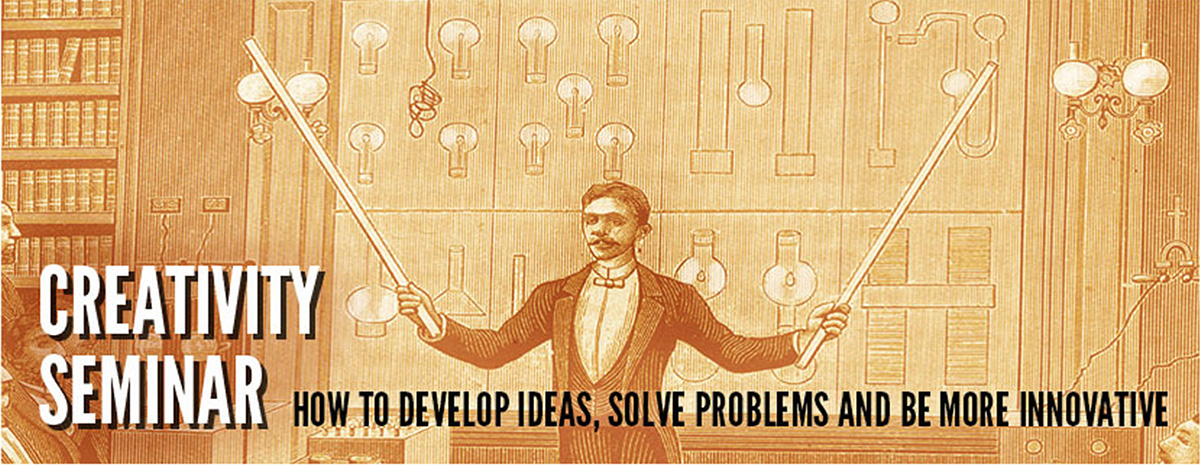By profiles, they mean a description of the biases, tendencies and preferred creative activities of particular individuals, groups, and organizations, together with the desired creative outcomes of their activities. For each of the Creativity Profiles, an example of its implemenation and a representative organization are provided. DeGraff and Lawrence feel that each endeavor must be tackled differently, choosing a creative approach suitable to each challenge. The four I's of the profiles are: Incubate, Imagine, Improve and Invest.
 INCUBATE
INCUBATE"Long-term Development"
Example: Bill Wilson, Alcoholics Anonymous
Growing a community through shared values and learning
IMAGINE
"Breakthrough Ideas"
Example: Walt Disney, The Walt Disney Company
Inventing radical products, services and markets
IMPROVE
"Incremental Adjustments"
Example: Ray Kroc, McDonalds
Implementing systems, structures and standards
INVEST
"Short-Term Goals"
Example: Thomas Watson, Jr., IBM
Competing through focused initiatives, hard work and partnerships
DeGraff and Lawrence, from the introduction to Creativity At Work:
"The study of creativity in business is somewhat unique in that its singular purpose is to produce superior performance for customers and investors. We wrote this book for managers who want to develop their people and practices to be more creative at work. What we have seen again and again are businesses desperately trying to make their products, services, and processes more valuable by making them better or new. Although leaders acknowledge and invest in creativity, we seldom see creativity hold a credible place in the business development process.
We suggest that this is primarily because creativity often fails to create value. Today's leaders demand that their employees produce value, and we believe that creativity can be a path to this end."
See more of Jeffrey DeGraff and Katherine A. Lawrence's work.
